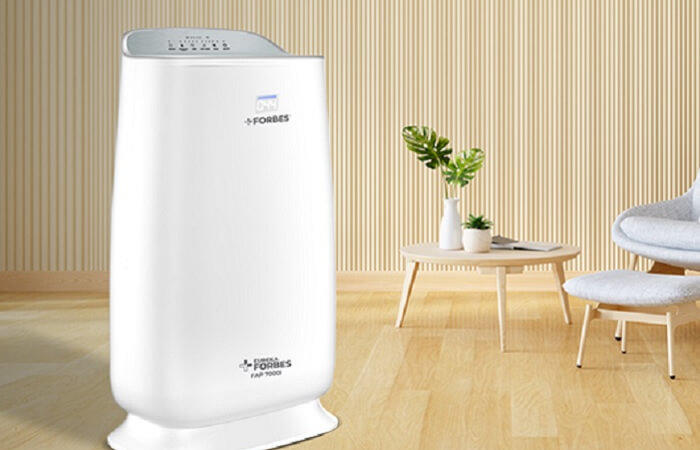How to preserve Food Nutrient

Shopping
● Don’t buy food in containers that leak, bulge, or are severely dented. Refrigerated foods should be cold, and frozen foods should be solid.
● Check the food label for an expiration date and for safe handling instructions.
● Place meat, poultry, and seafood in plastic bags, and separate foods in your grocery cart.
● Select cold and frozen food last to ensure that they stay refrigerated until just before checkout.
Storing Food
● Store raw meat, poultry, fish, and shellfish in containers in the refrigerator so that the juices don’t drip onto other foods. Keep these items away from other foods, surfaces, utensils, and serving dishes to prevent cross-contamination.
● Store eggs in the coldest part of the refrigerator, not in the door, and use them within 3–5 weeks.
● Keep hot foods hot (140°F or above) and cold foods cold (40°F or below); harmful bacteria can grow rapidly between these two temperatures. Refrigerate foods within 2 hours of purchase or preparation and within 1 hour if the air temperature is above 90°F. Freeze foods at or below 0°F. Use or freeze fresh meats within 3–5 days and fresh poultry, fish, and ground meat within 1–2 days. Use refrigerated leftovers within 3–4 days.
Preparing Food
● Thoroughly wash your hands with warm soapy water for 20 seconds before and after handling food, especially raw meat, fish, shellfish, poultry, or eggs.
● Make sure counters, cutting boards, dishes, utensils, and other equipment are thoroughly cleaned with hot soapy water before and after use. Wash dishcloths and kitchen towels frequently.
● Use separate cutting boards for meat, poultry, and seafood and for foods that will be eaten raw, such as fruits and vegetables. Replace cutting boards once they become worn or develop hard-to-clean grooves.
● Thoroughly rinse and scrub fruits and vegetables with a brush (but not with soap or detergent), or peel off the skin. Don’t eat raw animal products, including raw eggs in homemade hollandaise sauce, eggnog, or cookie dough.
● Thaw frozen food in the refrigerator, in cold water, or in the microwave, not on the kitchen counter. Cook foods immediately after thawing.
Cooking
● Cook foods thoroughly, especially beef, poultry, fish, pork, and eggs; cooking kills most microorganisms. Use a food thermometer to ensure that foods are cooked to a safe temperature. Hamburgers should be cooked to 160°F. Turn or stir microwaved food to
make sure it is heated evenly throughout.
● Cook stuffing separately from poultry; or wash poultry thoroughly, stuff immediately
before cooking, and transfer the stuffing to a clean bowl immediately after cooking. The temperature of the cooked stuffing should reach 165°F. Cook eggs until they’re firm, and fully cook foods containing eggs.
● To protect against Listeria, reheat ready-to-eat foods like hot dogs and cold cuts until steaming hot.
● Because of possible contamination with E. coli and Salmonella, avoid raw sprouts.
Suggested Read: Interesting Facts about Indian Food






